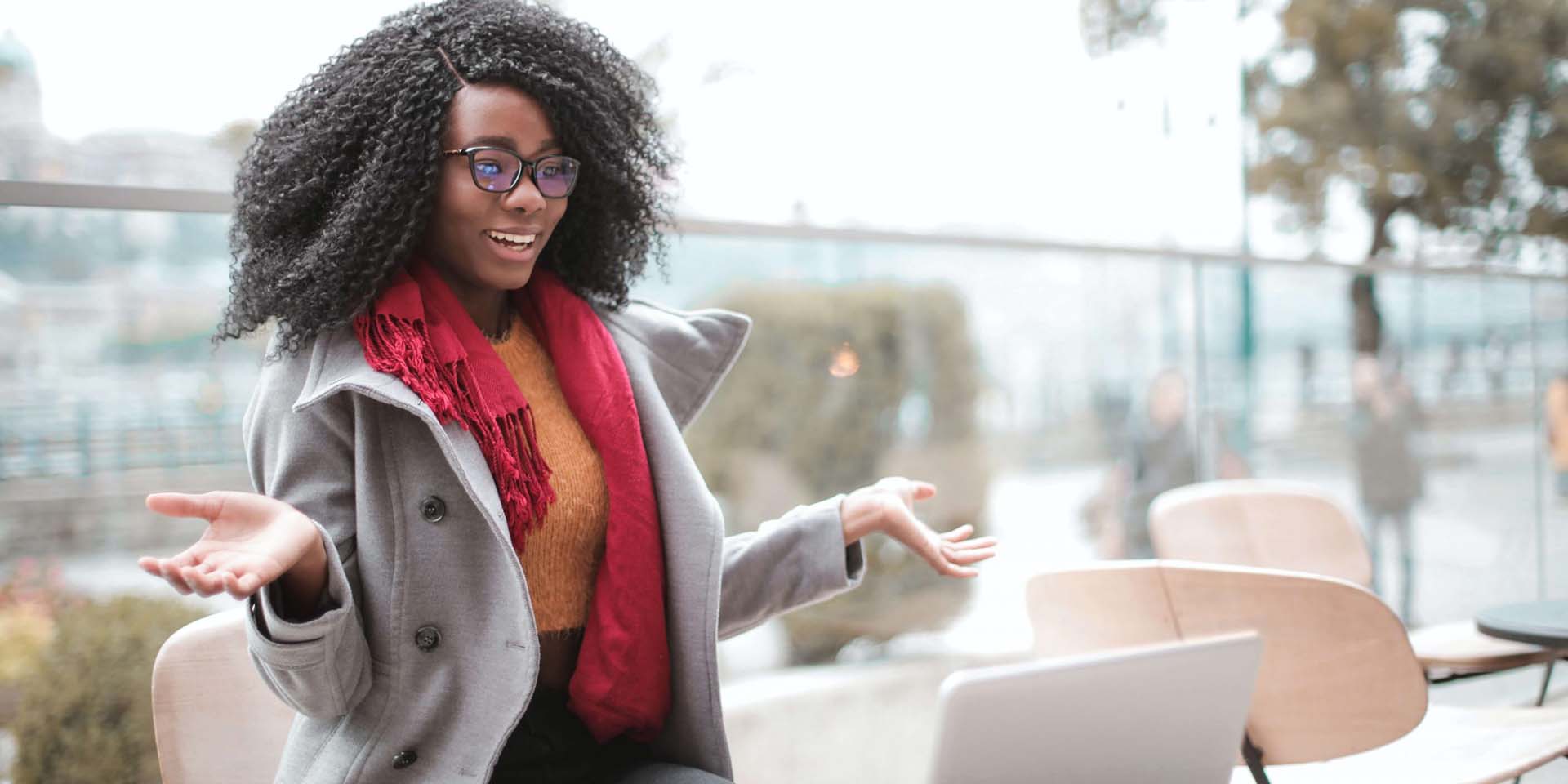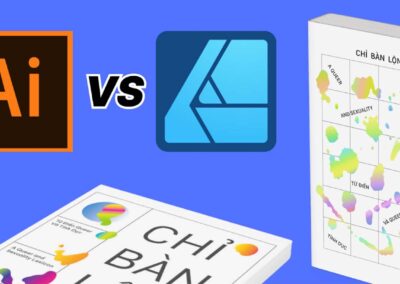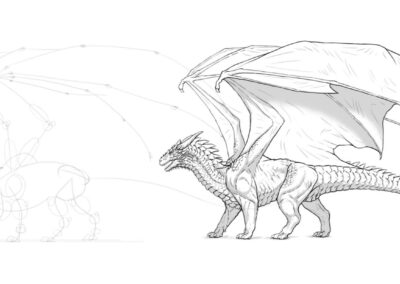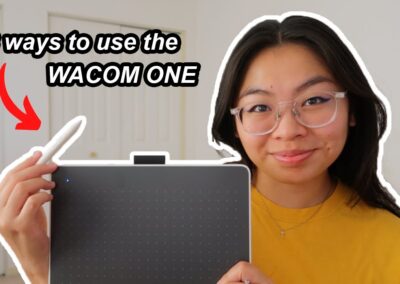Whether you went to art school or not, feedback from an experienced artist can be crucial in developing your craft. But art teachers aren’t always completely honest! In this guest post (and in the below video), artist James Joyce lets you in on the secrets your art teacher maybe didn’t want to tell you — but the truth will make you a better artist!
School is back in session, and learning is incredibly exciting when it’s fresh and new. But as that refreshing energy begins to wane, you may notice there are gaps in your knowledge that can’t be filled in the classroom. Teachers can leave things out – either intentionally or unknowingly. Which one is worse is debatable, but the truth of the matter is more vital. There are things you need to know that your art teachers might not tell you! Let’s fill in the blanks.
1. How to study
Art teachers come armed with a mountain of tutorials. If you want to know how to draw an arm or a flower, they’ll deliver a step-by-step detailed tutorial – waiting only for the right question to flow from your mind. The thing is, you don’t need another tutorial. There are hundreds of different methods on how to draw an arm. You’ve probably watched a few of them, and you’re taught them in classrooms. What you haven’t been taught is how to learn that information – to wield it freely by yourself in the most effective way possible.
Teaching you how to study would require a much longer article, but I can help you learn one of the most effective techniques for learning. A simple and effective way to learn something efficiently is through testing.
You can’t do a multiple-choice test with your art skills, but you can find other ways to test your knowledge. For example, you can do portrait studies using reference and then the next day, take the reference away and see what you can remember. If you find it easy to remember the information, try the same portrait from a different angle or vantage point. Challenge yourself and see how flexible you can be with the knowledge you gained. Anything you struggle with can be studied further.
You can quickly learn where the gaps in your knowledge are and rapidly progress your skills.
2. Start slow and create a habit
Teachers love to dish out homework. Even on day one, coming back from summer vacation, you tend to get way more homework than you expect. If you spent the whole summer outside with your friends, playing video games, or watching TV, you aren’t going to have very strong built-in habits. This makes it incredibly hard to jump back into progressing your skills. Even if that’s what you really want to do!
You may want to do the drawing homework, but your brain is used to your routine of jumping on your favorite game. Jumping into your usual habits doesn’t require your brain to think and it gets to preserve energy. It will do everything in its power to tell you to stop drawing and start gaming. It will make you afraid of drawing, it will make excuses, it will tell you to procrastinate, and it will generally make it very difficult to get any work done.
If you start small and create a habit, you can bypass your brain’s attempts to nudge you towards less-productive behaviors. Draw for the shortest length of time you need to allow your brain to say, “I can do that,” even if it’s just five minutes. Your teachers probably won’t wait for you to catch up with your homework, which puts you at a disadvantage, but you can curb any burnout in the future if you make efforts towards healthy habits now.
3. You can start with digital art
Do yourself a favor and ignore this advice. You don’t need to start as a traditional artist if you want to be a digital artist. I, personally, still think that using a pen and pencil is fun but I hate the toxicity and uncleanliness of paint.
I’m very thankful that companies like Wacom make it possible to become a digital artist without the smell of turpentine or having to spend thousands on paints and other materials. Studios are similarly grateful, as they’ve adopted this technology along with software to create the games, movies, and shows you love. The sooner you get used to using a tablet for drawing and painting, the more comfortable you’ll become with it.
If you have no desire to use a pen or pencil, and have access to a tablet, jump on it now. It literally makes no difference. And you can always go back to traditional tools if you’re curious to try it later in your career.
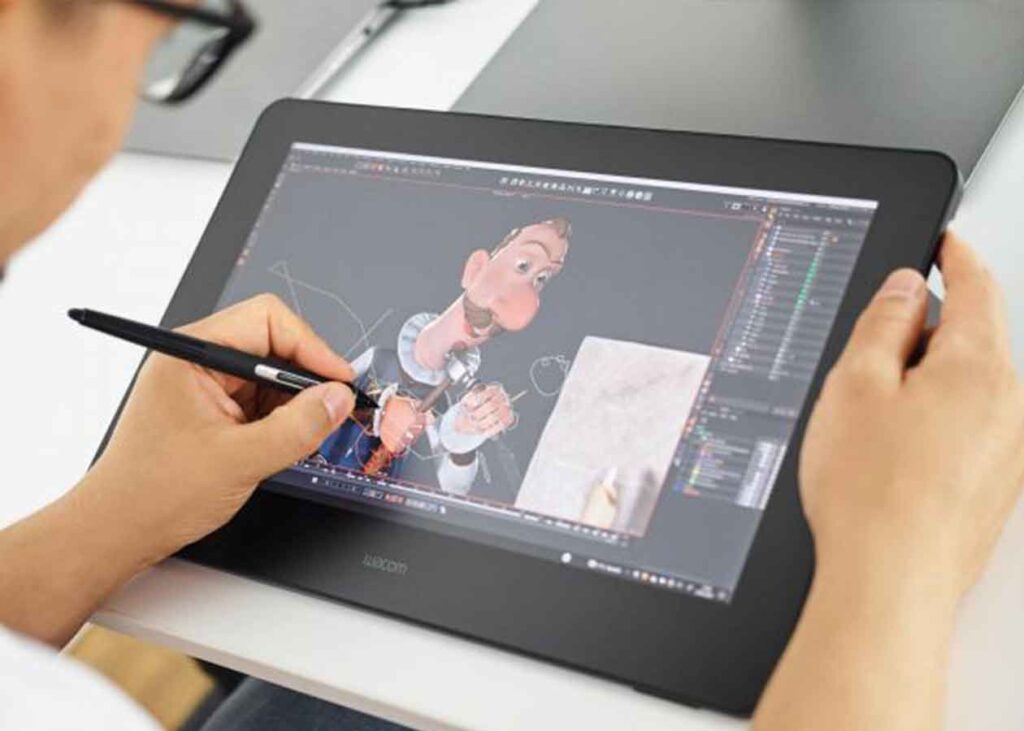
4. Draw from your imagination
As artists, we’ve had to defend drawing from reference for so long, I think we forgot — or maybe we didn’t really know in the first place — that you have to draw from imagination, too. That is, if you want a strong visual library.
Drawing from reference is an absolute requirement for learning to draw. How would you know what anything looks like if you had nothing to go on? However, if all you do is draw from reference, you run into another problem. Now you rely on the reference so heavily that you can’t be without it. You don’t think, you just copy.
Drawing from imagination is what gives you the ability to think for yourself. When you have to draw something from memory and create things from scratch, you start to problem solve. If the arm bends this way, I’ll see these muscles. If the head is from this angle, the cheekbone will look like this. You’ll run into a good deal of failure and it will be uncomfortable for a while, but eventually you acquire the drawing skills that really make people envious.
5. Break the rules
When given a project from your teacher, most students follow the rules. That’s not a bad thing! Yet, the most extraordinary results can be achieved by using only 1% of the prompt.
In every class I’ve ever taken, there is always a student or two who hums the beat of their own drum. If they’re given an assignment, they run it through their own filters. The result is something truly unique.
The prompt may be Atlantis but this student will take only 1% of the idea. Rather than create an underwater city and populate it with fish-like humanoid characters, they take inspiration elsewhere. Atlantis is now a floating city that gently rests among the clouds. Lush forests burst from the sky and the only inspiration you can sense came from the Atlantis prompt is the idea that it’s a hidden city.
The idea is not to be afraid to do your own thing. Your teachers want you to learn and if you can create something beautiful, even if it’s 1% of what they actually asked for, it’s still worthwhile. Just be sure that you’re happy with the direction. If you feel you learned a lot and the work you made brought you up to a new level, nothing but praise should come from your teacher’s mouth.
6. Enjoy the process
99% of the time you spend creating is “the process,” and yet, not one of my teachers ever showed me how to keep a healthy process that I could enjoy — even the good ones. The implication is that learning to enjoy the process is up to you. Or even more alarming, that it should just happen naturally!
It makes sense from an outsider’s perspective. If you like drawing, you just do it. If you like digital painting, you just practice it. That doesn’t always translate well when you’re a beginner and you know how much it sucks to create art that isn’t up to the standards of what you’re looking for – at least not yet. How do you enjoy the process when nothing you make comes out good? It’s frustrating!
You need to develop a healthy relationship with your art to enjoy the process. You need to accept that failure is a part of it and not be angry with yourself when you create things that look terrible to you. The right mindset is what sets you apart from those with a thriving creative environment and those who consistently burnout.
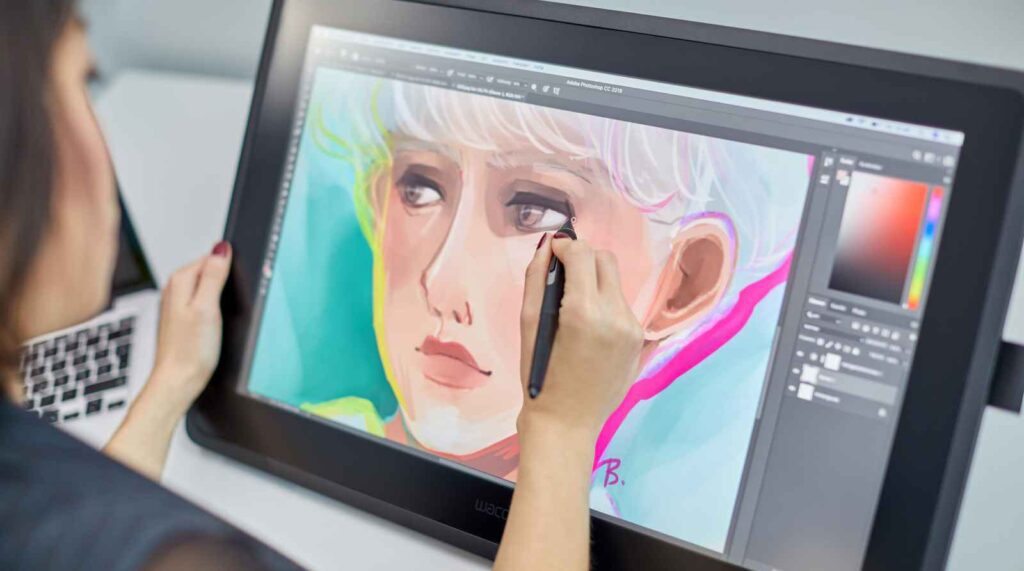
7. How to deal with creative anxiety
Most of the time, my creating process looks something like this:
- I’m excited to draw!
- Okay, I have the basic shapes. It’s looking good.
- This looks like shit, what happened? Why do I suck so much?!
- I should just give up; this is terrible. I hate this.
- It doesn’t look so bad now…
- It looks pretty good! I’m proud of myself for not giving up!
Most artists who struggle with anxiety and stress in their process usually stop where they think “I should give up.” You see the drawing or painting going poorly and don’t see the point in continuing.
This happens to all of us. It’s your brain’s fight or flight system engaged in response to the stress of uncertainty. Get comfortable being uncomfortable, and you will push past this every time.
8. Your anime art is fantastic
I had a friend who once tried to tell me, in a not-so-subtle way, that my anime-styled art wouldn’t cut it in the industry. She told me I should consider changing the way I draw to be more liked by companies in the future. Unfortunately, there are teachers who think this way, too.
Anime is fire! There is no question that it’s one of the most popular forms of media, even in Western culture. It may have taken a hot minute for it gain some traction but it’s now a staple in our culture – even in our streaming services. If you create beautiful works of art with an anime style to them, you will find people interested, no matter where you are.
If you love to draw in an anime style, you should keep doing it regardless of what opportunities would come if you changed it. You wouldn’t want them anyway. You want to do that work that you’re passionate about, not conform to something that doesn’t interest you.

9. Failure is part of learning
Failure is going to happen to you. There is no avoiding it. If you’re not failing, you’re not learning anything new. You have to challenge yourself to become a great artist.
Failure isn’t a dreadful event, and it isn’t something that you should try to avoid. Accept failure as a part of the process and you can use it to fuel your growth. It’s not just something that happens to you as a part of the process, it’s a tool to measure your understanding of the knowledge you’re attempting to learn. We learn best when we challenge ourselves moderately – challenge yourself too much and the frustration will be too overwhelming.
You can check yourself based on how much you failed. If you’re trying to learn the portrait and you can’t even get the head structure right, you might need to lower the difficulty and deal with the basic shapes first. If you draw the head perfectly, you may need to increase the difficulty and try different head shapes – use different features like large noses or receding chins to challenge yourself further.
How much you fail will show you how much you’ve learned, and what you still need to work on.
10. You’re paying too much for school
I was very lucky in my first year at art school that my figure drawing TA told me to leave that school. Not just to leave, but to go to a trade school that costs a fraction of the price and had even better teachers than I had at the time! It’s one of the best pieces of advice I ever received, and the first summer I took a few courses there that changed my life.
Art school is outrageously expensive, and it’s only gotten worse over time. There are cases to be made for going to art school, but if you have the means to go to a focused trade school or take courses online, you should do it. You won’t be drowning in debt by the time you’re an accomplished artists ready for work. Rather than paying back a student loan, you can thrive and use that money for other things – like a game, or you can send your parents to Italy for all the trouble you gave them during your teenage years.
Bonus: think for yourself
Part of the art journey is learning to trust the process. But there’s also nothing wrong with challenging your teachers. The internet is a growing source of information on the subject, and there are likely things your teacher can learn from you!
If you’re excited to learn more about art and you do your own research, you might find articles like this, where you can learn a bit more about how to enhance your art education. It’s up to you to get the most out of it!

About the author:
James Joyce is an artist from Maine who resides in California. He’s been drawing for over 10 years, and knows that learning to draw feels like a long and hard journey. That’s why he created Zephyer – to give artists a healthy creative process that nurtures their growth. He aims to create a new educational framework designed to help artists discover the best ways to learn to draw. James uses traditional tools along with his Wacom Cintiq 16 and Wacom Intuos Pro to improve and create his designs. Follow him on YouTube, Instagram, or Tik Tok.

